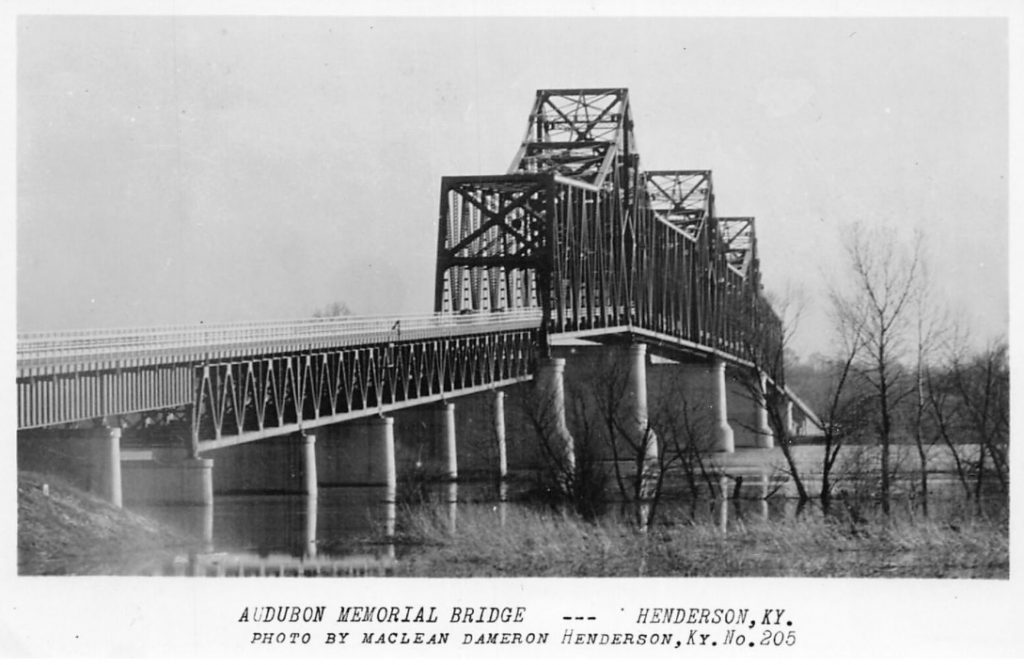
History from Bridges & Tunnels:
Proposals for a fixed connection to replace the overburdened Dade Park Ferry along the newly designated US Route 41 between Evansville, Indiana, and Henderson, Kentucky came in 1927 when the Indiana General Assembly passed a special act to allow for the construction of a bridge between the two cities. Preliminary plans, surveys, and estimates were produced by the Indiana state highway department, and on November 28, a contract was awarded to Sprague & Henwood of Scranton, Pennsylvania for foundation borings at the cost of $7,200.
Negotiations to build the bridge as a joint venture with the Commonwealth of Kentucky began in late July 1928 which led to the development of a formalized contract on September 12. The proposal made by Kentucky was that the Indiana highway commission pay for half of the bridge’s construction cost, while Kentucky would pay for the other half with revenue bonds that would be retired by collecting tolls. It was an unusual agreement because the proposed Evansville-Henderson Bridge would be built entirely in Kentucky. Indiana would not agree to the agreement, which led Kentucky to file suit in the United States Supreme Court in October so that it could receive guidance and clarification on the contract.
Meanwhile, bridge builders Modjeski & Masters of Harrisburg, Pennsylvania was retained to design the new river crossing.
In May 1930, the Supreme Court ordered Indiana to cooperate in building the bridge under the original proposed plan, although the financing package was changed. The federal government would now pay for half of the construction costs, with Kentucky and Indiana paying for the remainder. Kentucky would pay for maintaining the bridge, for operating expenses, and for collecting tolls. After the tolls are retired, the two states would share in the maintenance expense.
Eight bridge construction contracts were let on October 28 and 30 for a total of $2.1 million:
- The construction of five river piers was let to the Kansas City Bridge Company of Kansas City, Missouri for $166,800;
- The construction of the four main cantilever spans to the American Bridge Company of Pittsburgh, Pennsylvania for $675,945;
- The construction of the approach piers and abutments to the Rieth-Riley Construction Company of Goshen, Indiana for $197,500;
- The construction of the approach spans to the Globe Construction Company of Evansville for $260,750;
- The construction of the approach embankments to the Scharl Construction Company of Grand Rapids, Michigan for $188,221;
- The construction of two overflow structures to the Globe Construction Company for $97,044;
- The construction of two overflow structures to the Globe Construction Company for $134,865; and
- The paving on the embankment approaches to William D. Vogal of Indianapolis for $58,739.
The Evansville-Henderson Bridge cost $2.4 million to construct and opened to traffic on July 4, 1932.
A three day dedication celebration was held between July 4 and July 6. It started with special morning services at churches in Evansville followed by a public inspection of the bridge, tours in Evansville and Henderson, boat races on the river, and air maneuvers at Dade Park. At 11:30 am, the Evansville-Henderson Bridge was dedicated by Kentucky Governor Ruby Laffoon and Indiana Governor Harry G. Leslie shaking hands with one another as 22 military planes under the command of Jimmy Doolittle flew overhead with cannon fire and boat whistles in the distance to celebrate the occasion. Activities included a two-mile, two-hour parade. Music and addresses were held at Bosse Field that night. More than 100,000 visitors attended the celebration and 111,091 vehicles crossed the bridge in its first two days of operation, creating delays of up to two hours to travel from Henderson to Evansville.
Originally named simply the Evansville-Henderson Bridge, it was dedicated to John James Audubon, an American ornithologist, naturalist, and painter who lived in Henderson in the 1810s. The name proved controversial as the idea was supported only by the Kentucky Highway Commission; the Indiana Commission believed the Audubon name was too common in the Midwest.
Tolls were levied on the Audubon Memorial Bridge until March 20, 1941, when the original construction bonds were paid off.
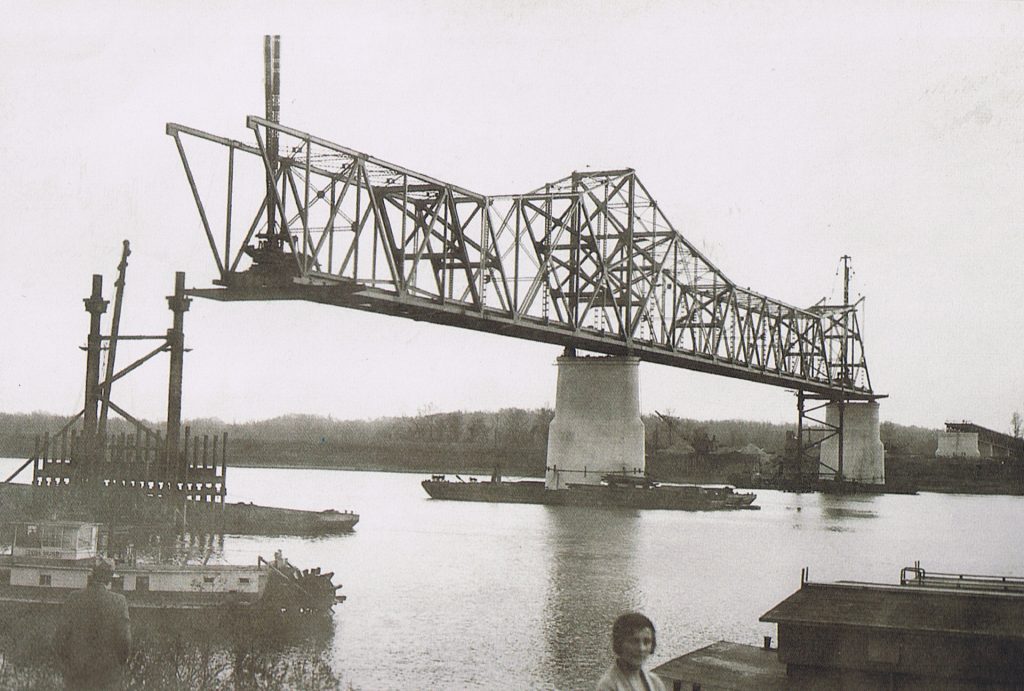

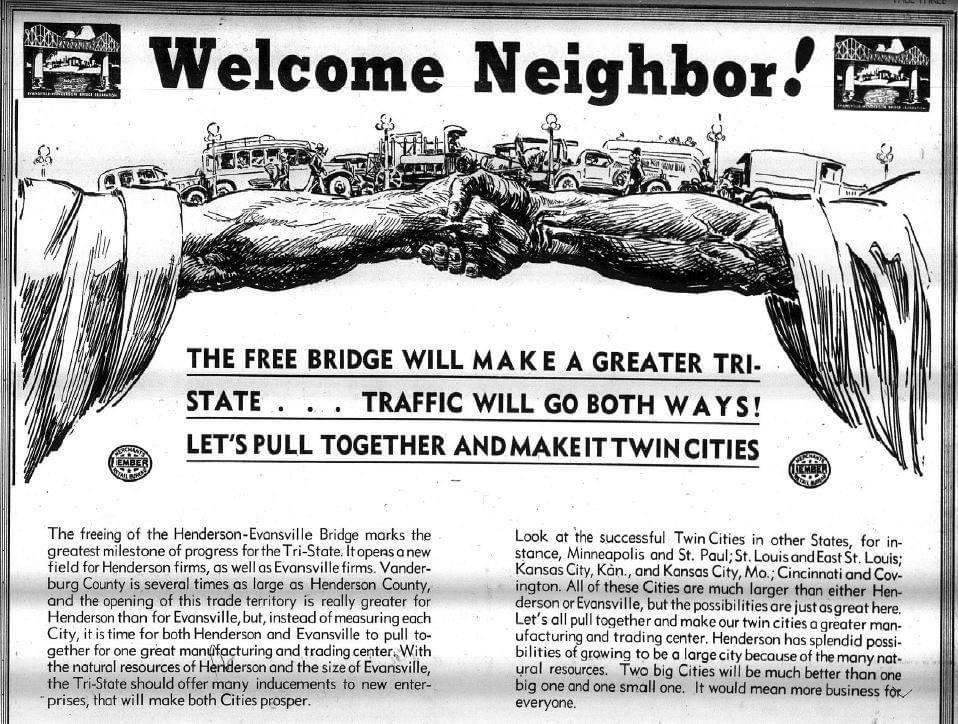
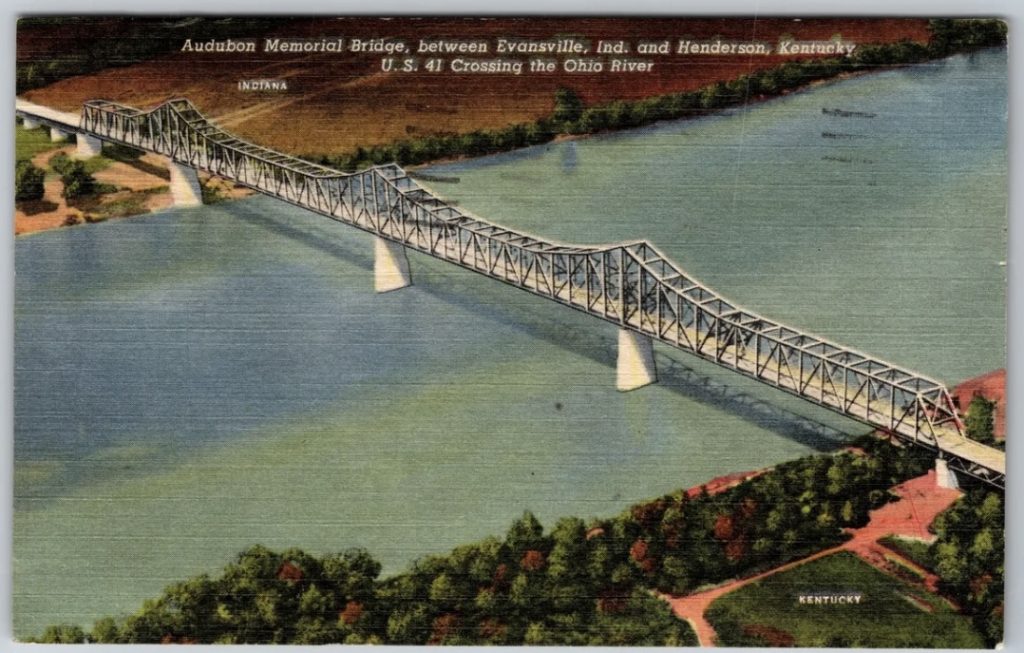
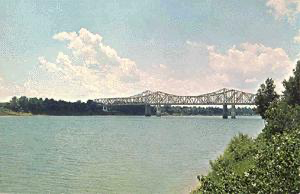
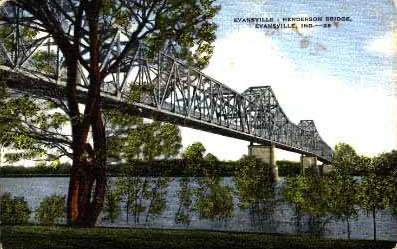
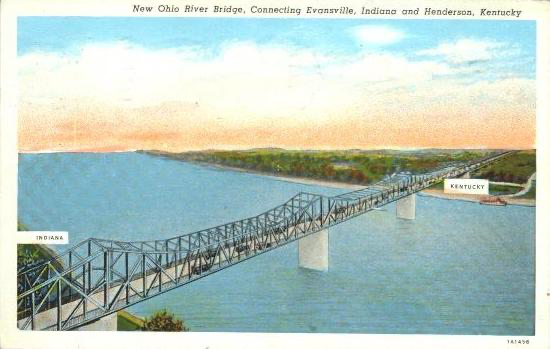
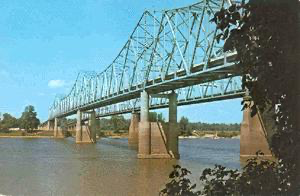
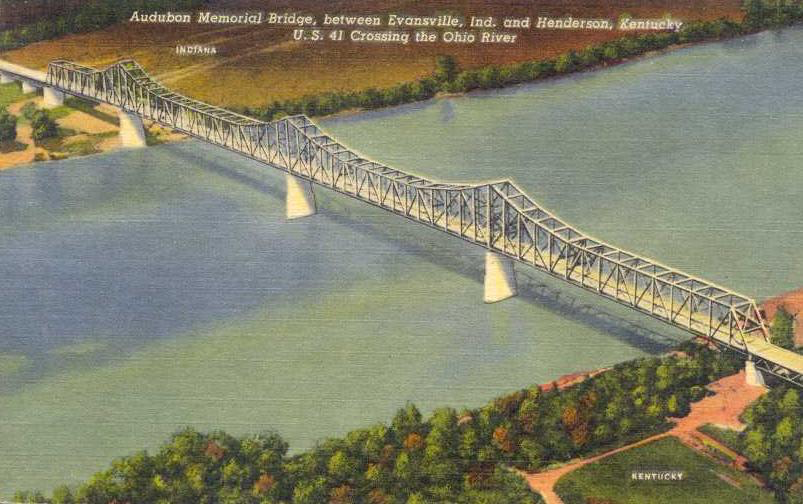
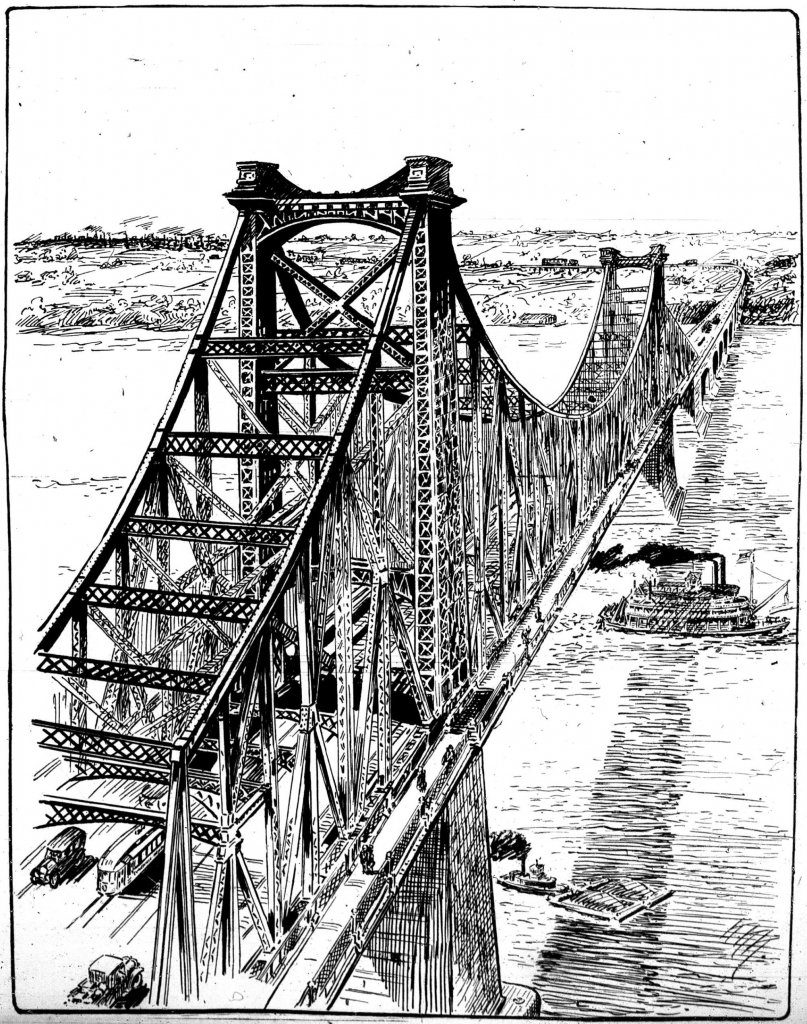
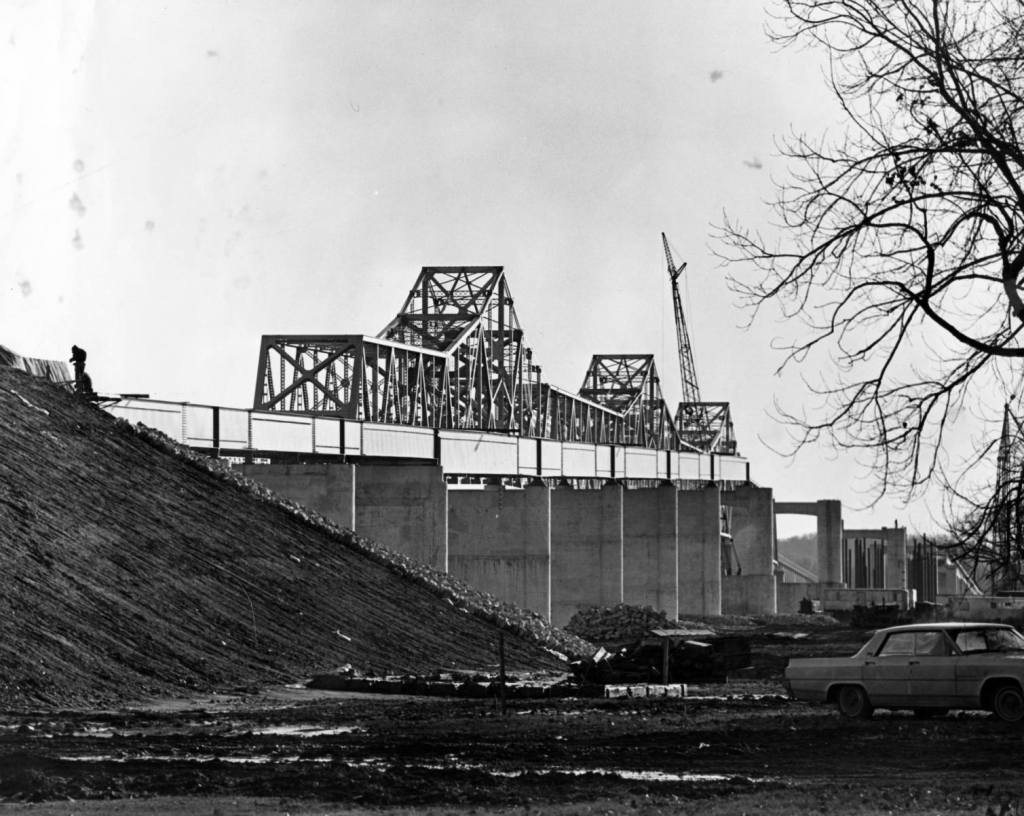
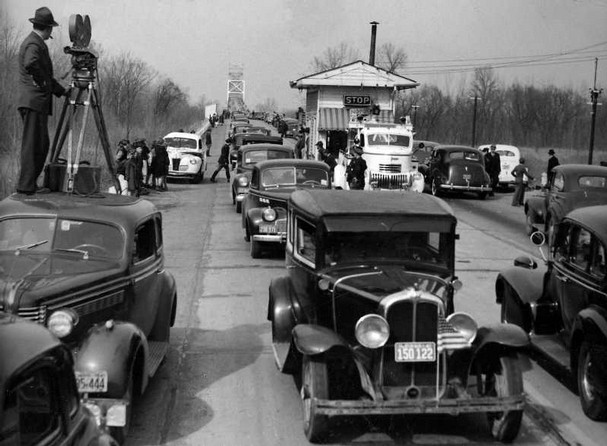


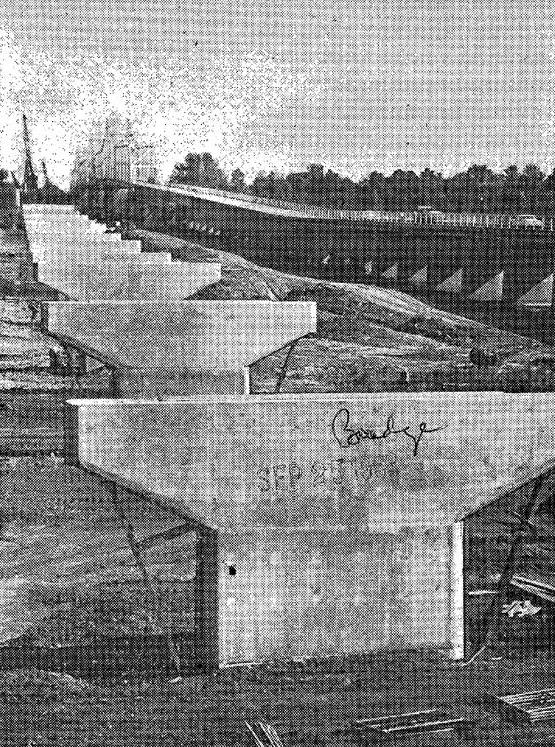
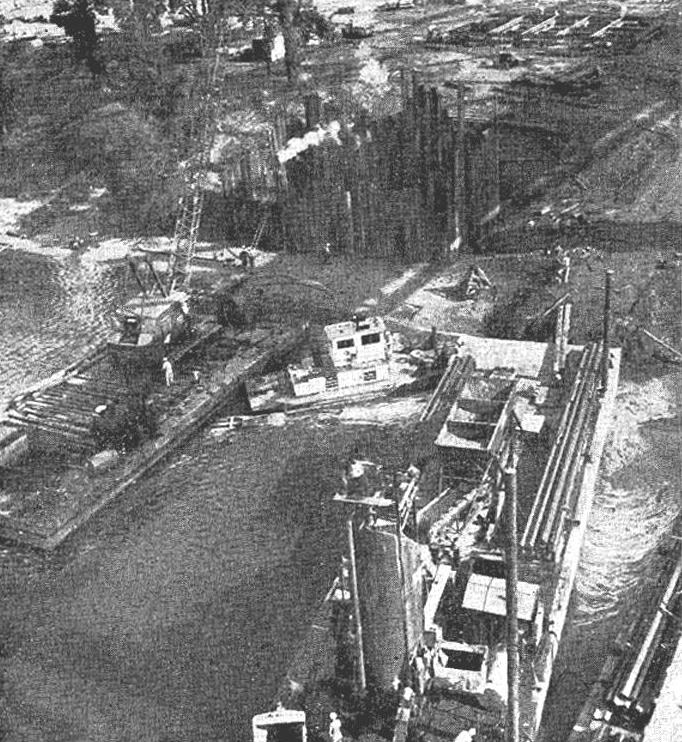

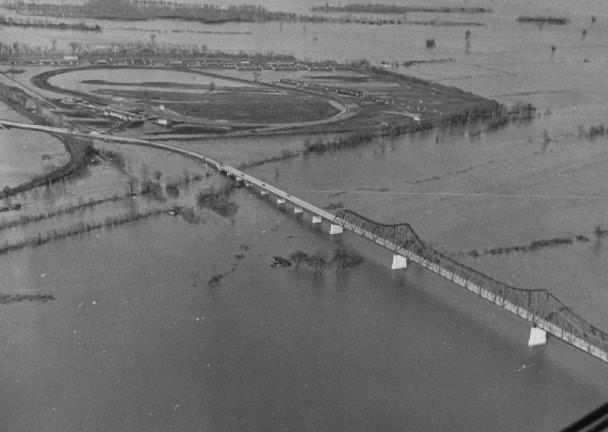
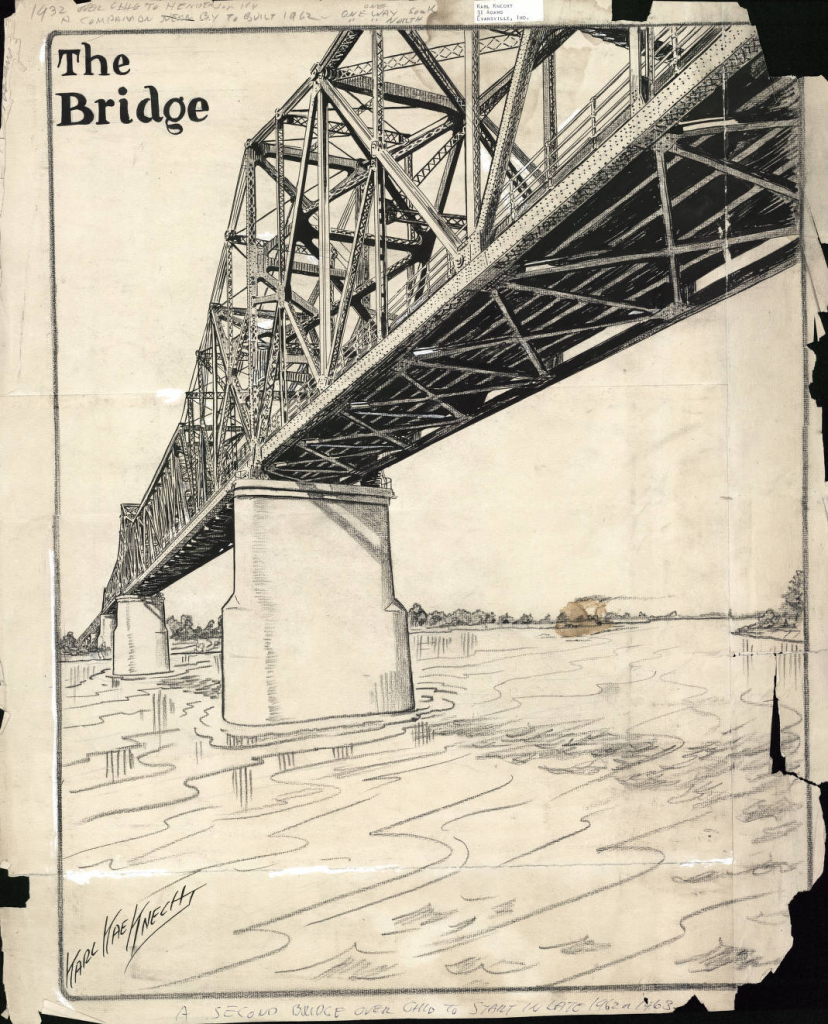

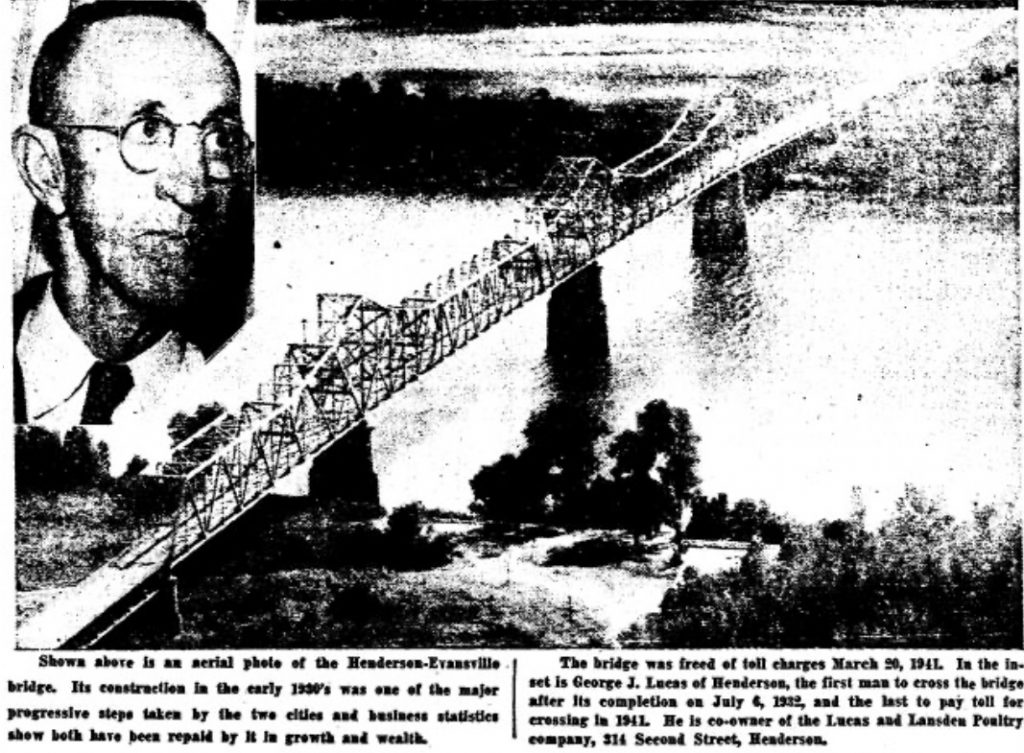

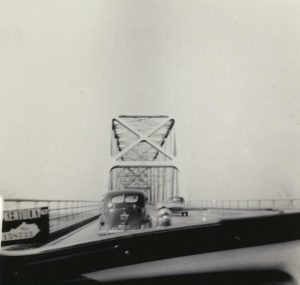
References:
